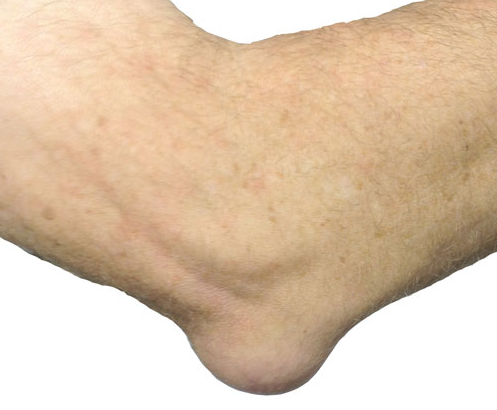During your first visit to the physical therapist you may be asked a lot of questions, so a personalized physical therapy rehabilitation plan can be created that will best suit your condition. You too must ask questions to ensure your health goals are achieved through the physical therapy program and so that you fully understand the course of treatment that you will undergo.
Here are some key questions to ask your physical therapist:
Does your physical therapist have any specialized experience in treating your condition?
If you have a musculoskeletal problem, a physical therapist with advanced certification or specialized training in Orthopedics would the ideal choice to design your plan of care. This way you can be sure that the treatment plan will be designed with relevant experience and knowledge.
Will you be seeing the same physical therapist during all your therapy sessions?
Seeing the same provider for all your sessions will help build a rapport and improve communication between you and your physical therapist. You will be better able to give accurate feedback regarding how you feel the therapy is helping you.
If you will be seeing more than one therapist, make sure you ask to meet all of your providers at your initial visit. Often times, physical therapists will also work with a physical Therapy Assistant to achieve the recommended number of sessions while still being schedule-conscious.
What specific type of physical therapy will be provided for your condition?
Physical therapists employ a number of different types of therapies to regain your motion and lack of pain. These can consist of manual therapy, ice & heat therapy, ultrasound, electrical stimulation, strength training, aquatic therapy, sports-specific conditioning and functional therapy. Your physical therapist will design a treatment plan that could include many of these, but they are all to assist with your recovery.
What level of discomfort or pain can be expected during each physical therapy session?
There may be some amount of discomfort or pain during your physical therapy session. However, pain that worsens with each therapy session may be an indication that adjustments must be made to the physical therapy program. Be sure to give your physical therapist precise feedback regarding the intensity, duration, and frequency of your pain.
By closely following the instructions of your physical therapist regarding how to perform your exercises, doing them regularly at home as recommended, and not missing any scheduled sessions; you may be able to keep the number physical therapy sessions to the bare minimum and maximize treatment outcomes.















